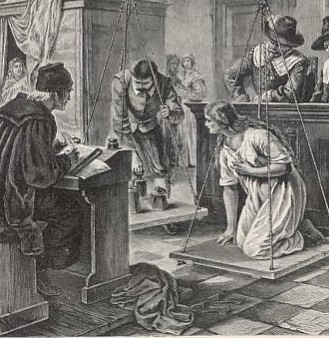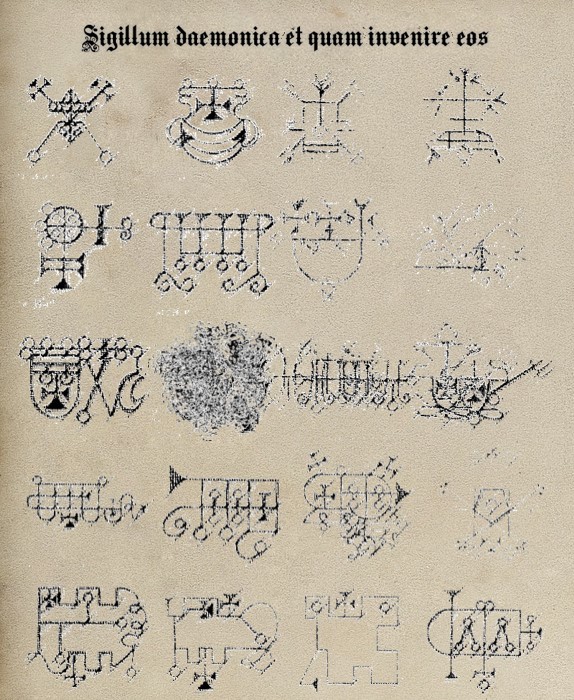Contra Hereticum Percute
Contra Hereticum Percute (more commonly known as Hereticum Percute), or 'To Strike Against the Heretical', is a treatise comprised of past verdicts, Inquisitorial investigation reports, various manuscripts and decrees and original work. The collection was curated and written by Kairoz the Enlightened, While he was the Inquisitor of Navara. The book deals with heresy in general, regardless of its nature, and delves into many issues and verdicts relevant to every arm of the Inquisition.
Purpose
The book is intended to further improve on an Inquisitor's training. It elaborates on methods of intelligence gathering, targets and threat handling, dealing with the occult and more. The book garnered notoriety for its suggested means of interrogation and for advocating the practice of summary executions; this school of thought is attributed to Kairoz himself, with history supporting this notion.
Document Structure
Clauses
The treatise itself is comprised of four different volumes, each having a varying number of chapters and pages.
- Ad Exploranda (Reconnaissance) - The first volume deals with intelligence collection. recruiting agents, how to and not to ask questions, dealing with population and other social aspects in the role of the Inquisitpr.
- Perlustro (Scrutiny) - The second volume deals with reliability of information, drawing conclusions and identifying suspects and suspected sites.
- Confessio (Confession) - The third and most controversial volume. It deals with methods of interrogation, including physical and psychological torture. The volume has gone under scrutiny for suggesting noble and divine goals justify almost any means neccesary. This volume has leaked outside of the Inquisition, causing much termoil among the magical communities in both The Empire of Ader and in Osternfell.
- Exradico (Root Out) - The forth and final volume was not released to the public and is only available to Inquisitors and above. It serves as a general guide that deals with specific enemies of individual inquisitorial orders and is separated into four different tomes, accessible only with permission of an Inquirer Primus. This volume was mostly written by the Cardinal of the Inquisition. The versions are called: Exradico Malificarum, Exradico Impius, Exradico Perdita and Exradico Malitiae.
References
Roughly a third of the treatise is from other sources; however, save a few exceptions, none of these sources were previously together, making an iquisitor's work much more tedious than it already tends to be.
Publication Status
All three first volumes of FMCH are accessible in large churches or at branches of the inquisition. Some large libraries have them as well, with the Cathedral Archive in Ammand having all four.
Publication of the fourth volume, and its accessibility for secular research, was a source of friction between the Andorian Church and the Conclave of Magi. Following the usurpation of Navara and House Befargreier losing its influence, the Conclave Liaison to the Church, Mustrum Ridcully, was forced to officially declare that the conclave recognizes the importance of keeping the fourth volume classified; the same declaration also included the conclave recognizing the Hereticum Percute's legitimacy as a whole.
Legal status
Initially the Hereticum Percute wasn't intended to serve as a rulebook as much as a general guideline; however, with the growing fundamentalism within the inquisition's ranks, the treatise eventually became its unofficial doctrine.
Sisters of the Orchid view the Hereticum Percute as scripture, in accordance to their veneration of Kairoz's wife, Invyre Half-Elven.
Current Date: 2nd of Latsum, 1572
Type
Text, Religious
Medium
Paper
Authoring Date
1187-1203
Ratification Date
1204
Location
Authors
Signatories (Characters)
Signatories (Organizations)





Comments